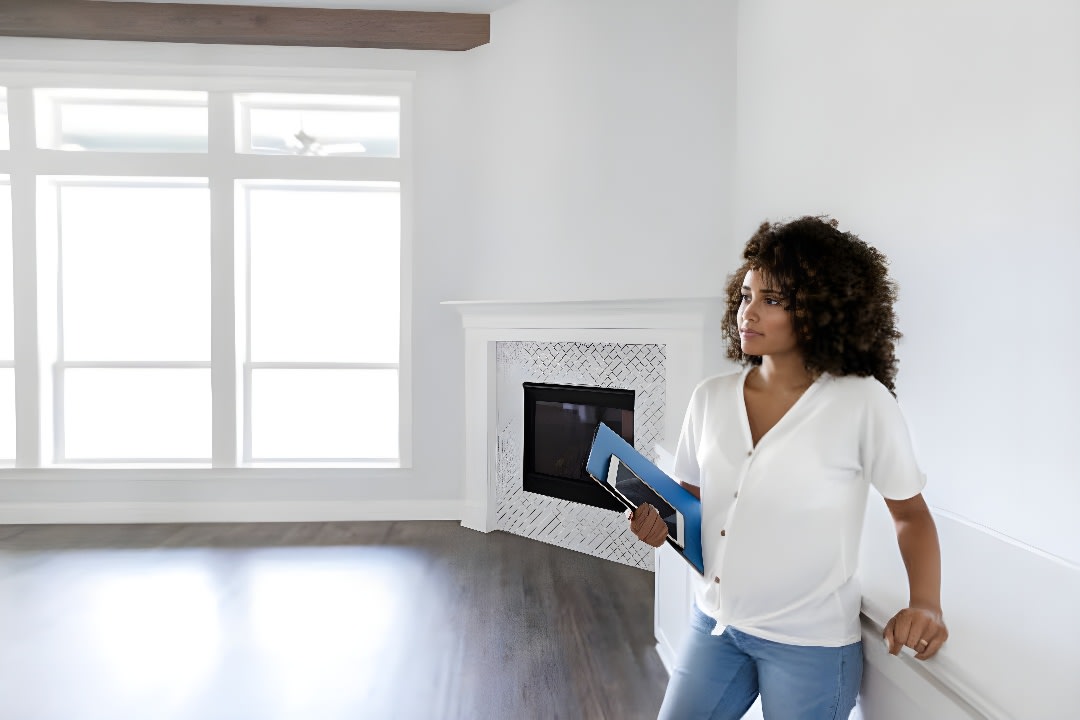
Assessing Home Size and Layout for Present and Future Needs
How functional and appropriate a house is for its current and future needs is largely dependent on its size and layout. The needs that families and individuals have for their living spaces change over time. The main factors for determining whether the size and layout of your home suit your present way of life and your goals for the future are covered in this article.
1. Current Lifestyle:
Assessing the suitability of your home starts with understanding your current lifestyle. Think about things like the size of the family, daily schedules, and specific needs. Does the current layout support your daily activities and offer the appropriate degree of comfort?
2. Features of the Room:
Consider how well each room in your house works. Are areas labelled suitably for the purposes for which they are intended? For instance, does the living room provide enough space for entertaining and relaxing, and is the kitchen suitable for your cooking style?
3. Future Growth:
Prepare for future changes in your home, such as the addition of children, the move-in of elderly relatives, or changes in your way of life. Having a flexible layout and enough space for expansion can help you avoid having to relocate or do extensive renovations down the road.
4. Storage Solutions:
Although it’s sometimes overlooked, having enough storage is essential to keeping a tidy and clutter-free living area. Examine the available storage space and see if it can hold your possessions. Think about whether you’ll need more storage options in the future.
5. Adaptability:
Your home’s adaptability is essential to making sure it stays relevant as your needs change. Is it easy to repurpose rooms? Exist any chances for growth or adjustment without a major overhaul of the structure?
6. Energy Efficiency:
As the importance of sustainability grows, assess the energy efficiency of your house. Well-planned, smaller spaces frequently use less energy, and making environmentally friendly improvements can result in long-term financial savings.
7. Outdoor Spaces:
Keep in mind to take into account outdoor spaces. Does the yard meet your needs for recreation both now and in the future? Your overall level of satisfaction with your home can be greatly influenced by outdoor spaces, which can act as extensions of your living area.
8. Neigbourhood and Community:
Evaluate your home’s placement within the larger neighborhood and community context. Does the location fit your lifestyle now and will it be able to adapt to future changes as well?
A proactive strategy to guarantee that your living space continues to be a harmonious and useful environment is to assess the size and layout of your home in relation to your present and future needs. Frequent evaluations and careful planning can result in modifications that improve your home’s overall quality of life.






